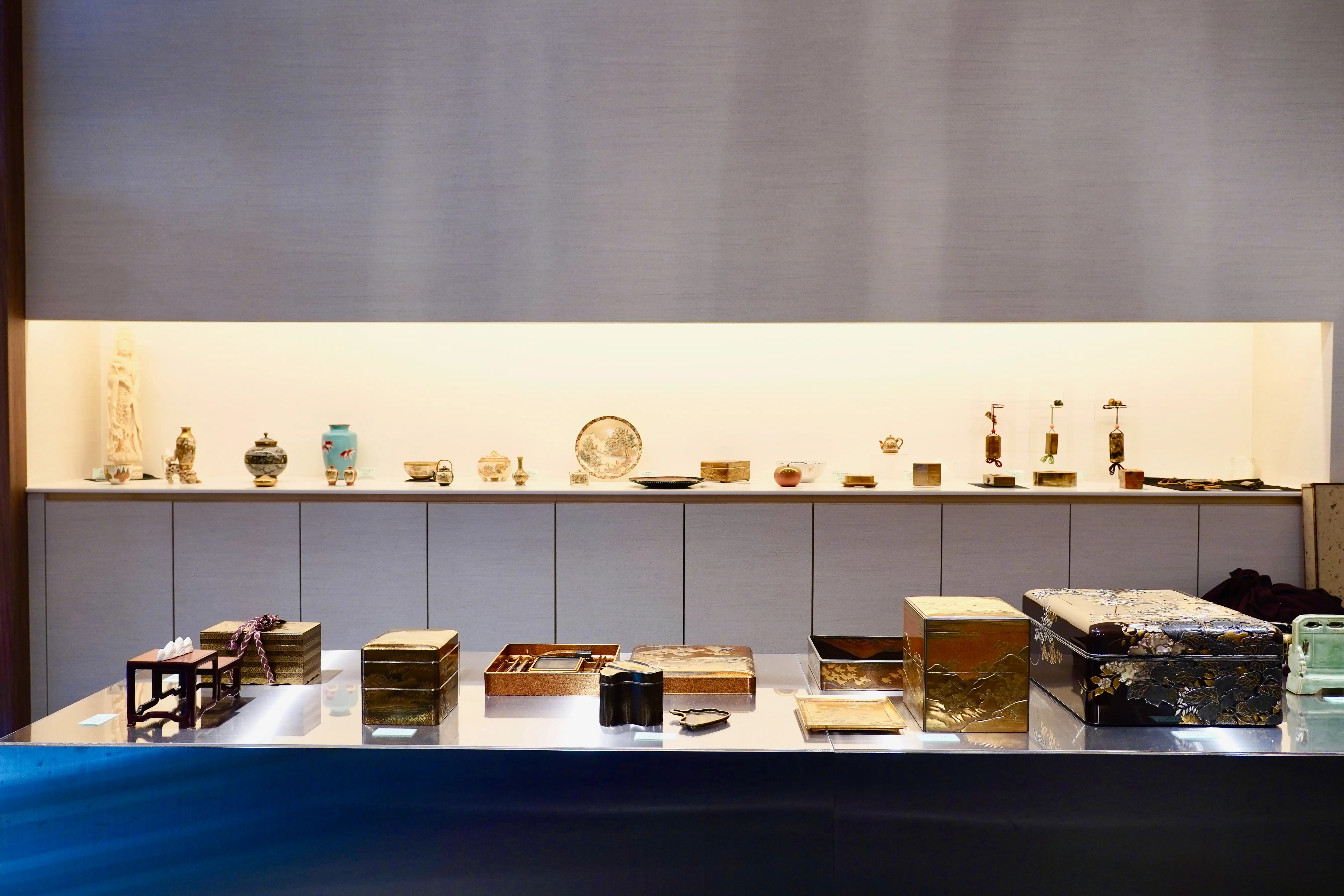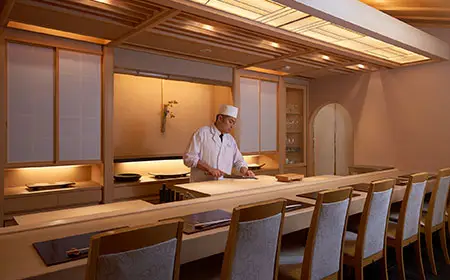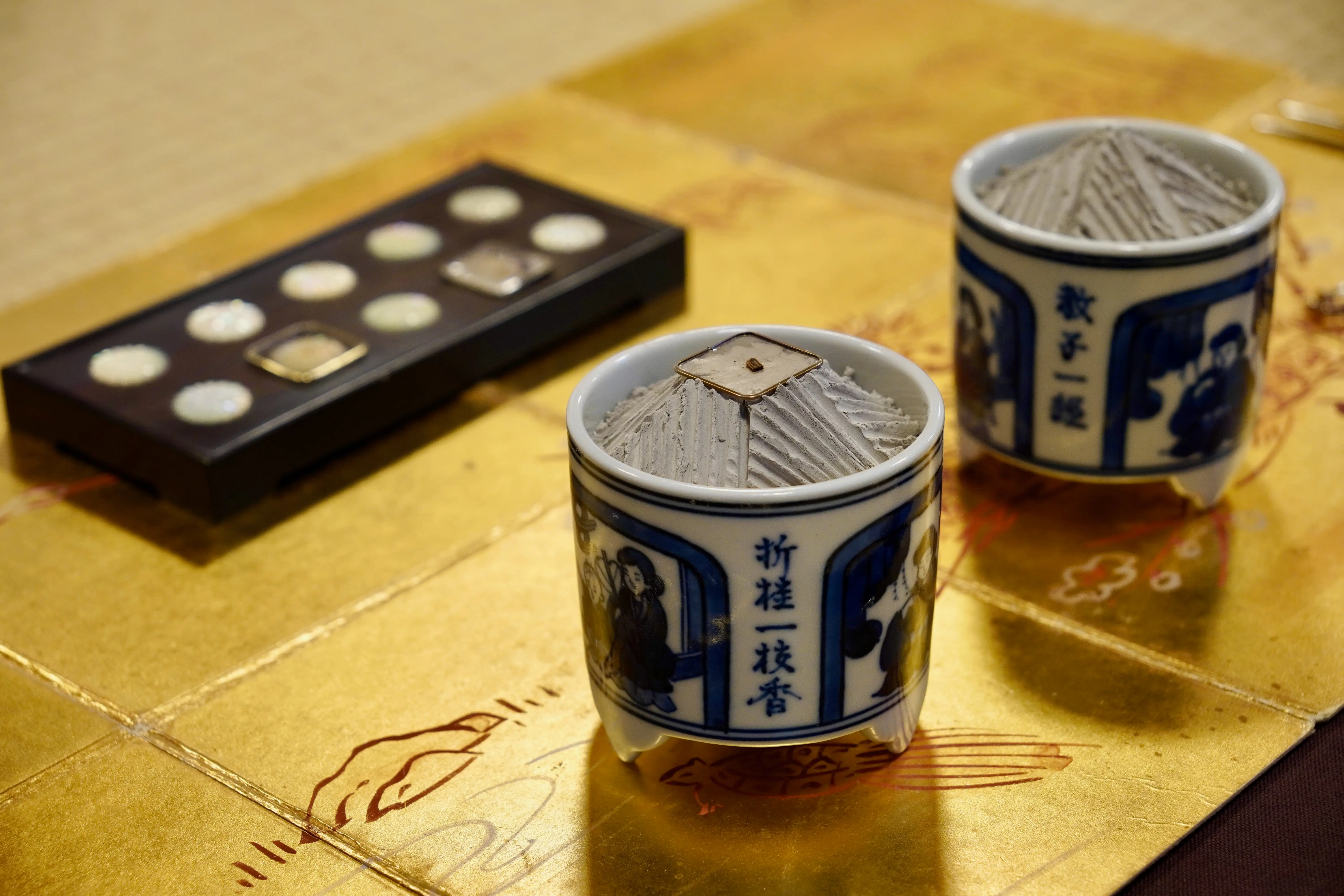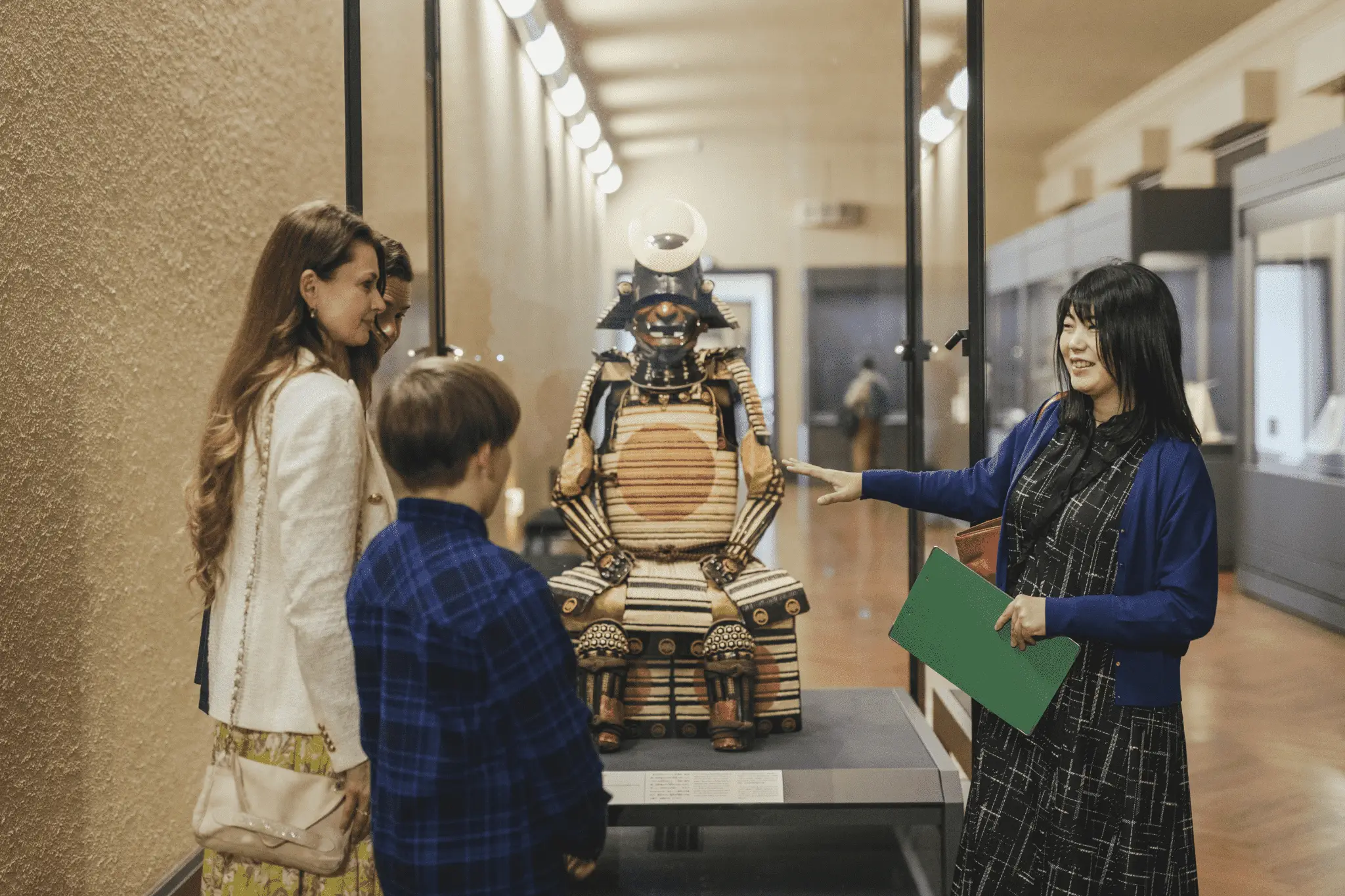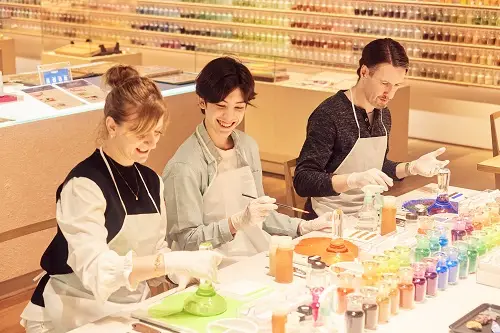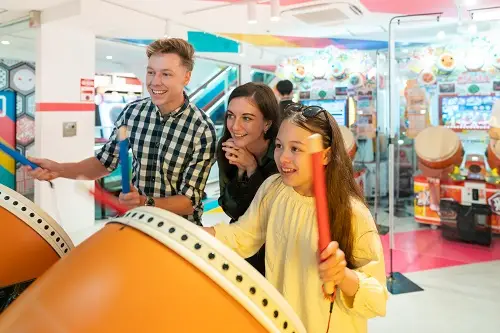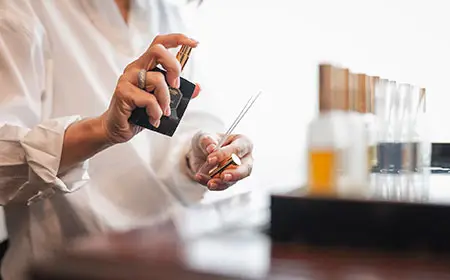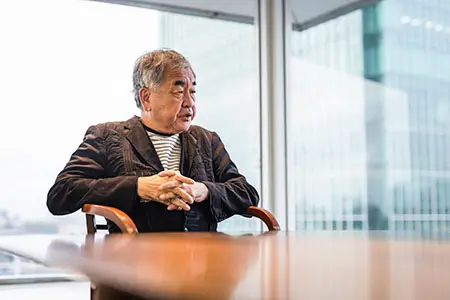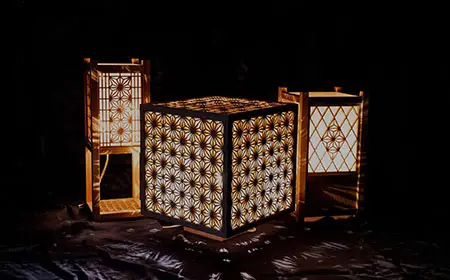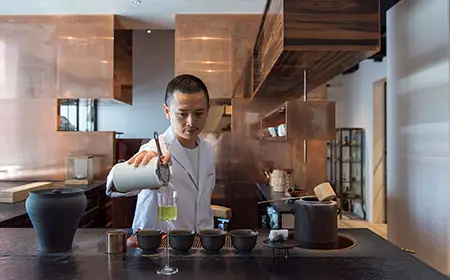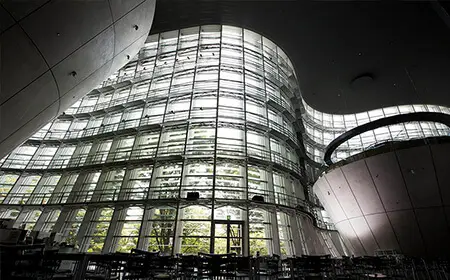
CUSTOMIZED SUSHI-MAKING EXPERIENCE WITH MATSUNOZUSHI
At Matsunozushi, a family enterprise that’s been serving classic Edomae-style sushi since 1910, book a dining experience that’s complete with a tailor-made master class by the fourth-generation chef.
Though Japan’s most iconic food may at first glance appear to be a simple offering of fish on rice, there is far more to sushi than meets the eye. At Matsunozushi, a restaurant with a century-long history, chef Yoshi offers customized experiences and classes that unpack just what classic Edomae-style sushi is all about. He draws on his family’s four-generation legacy of sushi-making, as well as his own accomplishments as a sushi ambassador who has traveled the world giving talks and workshops and catering for the rich and famous at private events.
Chef Yoshi’s customized experiences begin with a chat to find out where his guests’ interests lie. He is happy to accompany them on an early-morning excursion to the fish market to select the fish, visiting his trusted vendors to sample along the way. For those who would like to learn the basics of sushi making, or hone their skills, he gives hands-on pointers or even a full class right in the restaurant. Any of the above can be combined with a multicourse meal of his masterful creations, enhanced by the friendly conversation that is a hallmark of Tokyo’s sushi culture.

“Nigirizushi began in Tokyo–this city is the origin of today's sushi culture,” Yoshi says. “And Tokyo Bay remains one of the best fishing grounds today.” Indeed the term Edomae, the style of sushi best known outside of Japan, refers to the original name of Tokyo back when the capital was established. Also called nigirizushi, it is flavored morsels of fish set atop bite-sized mounds of vinegared rice, the whole balanced for texture, taste, and even temperature. The rice must be firm enough to remain intact when lifted, yet loose enough to melt softly in the mouth. The toppings, too, demand a whole range of skills, from knifework that yields the optimum flavor and texture from each cut of fish, to the various processes of boiling, marinating, steaming, simmering, and seasoning that are used to transform a given ingredient into its flavorful best.

Nigirizushi became popular in the 1820s or 1830s as a street food. Matsunozushi’s own start was as a stall in central Tokyo, before Yoshi’s grandfather established the restaurant’s present base in 1936, just south of Shinagawa Station in Omori Kaigan. From its fast-food beginnings as a means to safely preserve and enjoy fresh seafood, Edomae sushi has grown into a performative art, with relaxed interaction between the chef and diners all part of the experience.

Chef Yoshi combines his family’s culinary pedigree with his personal experience as a licensed sommelier and a professional ski, winery, and cruise-ship guide who has traveled the world. “I do my best to prepare each serving to suit its intended guest,” he offers. He might adjust the angle of a cut to make the fish softer for an elderly customer, or plate the sushi to match a diner’s dominant hand. Though such mindful considerations may go unnoticed, they are nonetheless why time spent with chef Yoshi and a meal at Matsunozushi are so unforgettable.








